TEXT AND PHOTOGRAPHS BY SAMRIDDHI ROY
New Delhi, India
It was with a flicker in her eyes that my mother carefully handed me her great grandmother’s anklets, silver ‘paijeb’ or ‘payal’. “Maai ke paas dus tarah ke alag alag paajeb the”, My mother owned ten different designs of payal, Nani said while genially recalling her mother’s, Kusum Mishra’s, delectable collection. “Meenakari, sone ke taar aur chaandi”, Meenakari design, gold and silver anklets.
My maternal grandmother, Kamini Tiwary was born on 1 September, 1945 in Munger district, Begusarai, Bihar and belonged to a zamindari family. Her father, Bhuwaneshwar Mishra was a zamindar living in the Terai district in Kathmandu, Nepal. Terai is a lowland region between northern India and southern Nepal situated in the foothills of the Himalayas. Hindus mostly settled in the Terai region of Nepal.
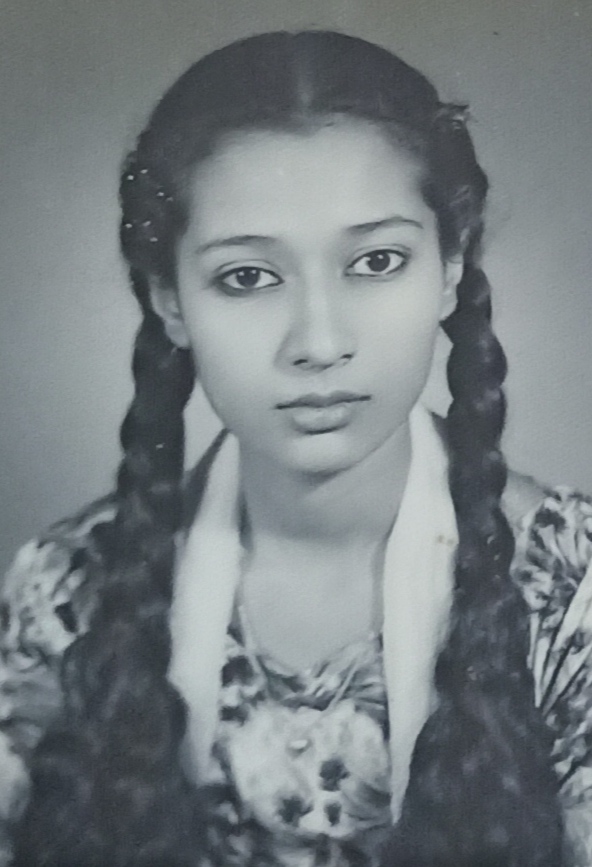
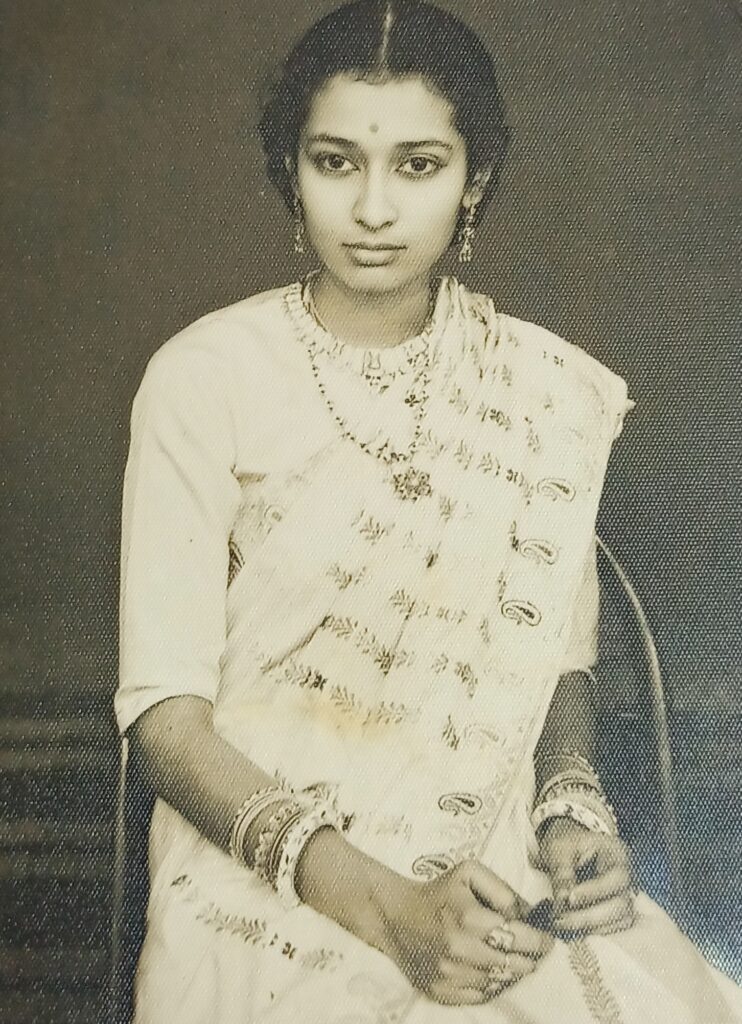
The term zamindar means land owner in Persian. Typically hereditary, zamindars held enormous tracts of land and control over their peasants, from whom they reserved the right to collect tax on behalf of imperial courts or for military purposes. As zamindars, nani’s family experienced a lot of wealth. My grandmother’s stories are filled with accounts of weavers bent low under the weight of silks, jewellers carrying ornaments meant to be worn on every inch of a woman’s body, ‘itra’ boxes being circulated as sweets, lavish wooden utensils, sumptuous rooms and everything else she could recollect, awashed with an enthusiastic melody of her life in Pipra, Nepal. Silver did not attain the value gold did in their family and oftentimes the household help and other staff were paid in silver coins instead of their usual salaries.
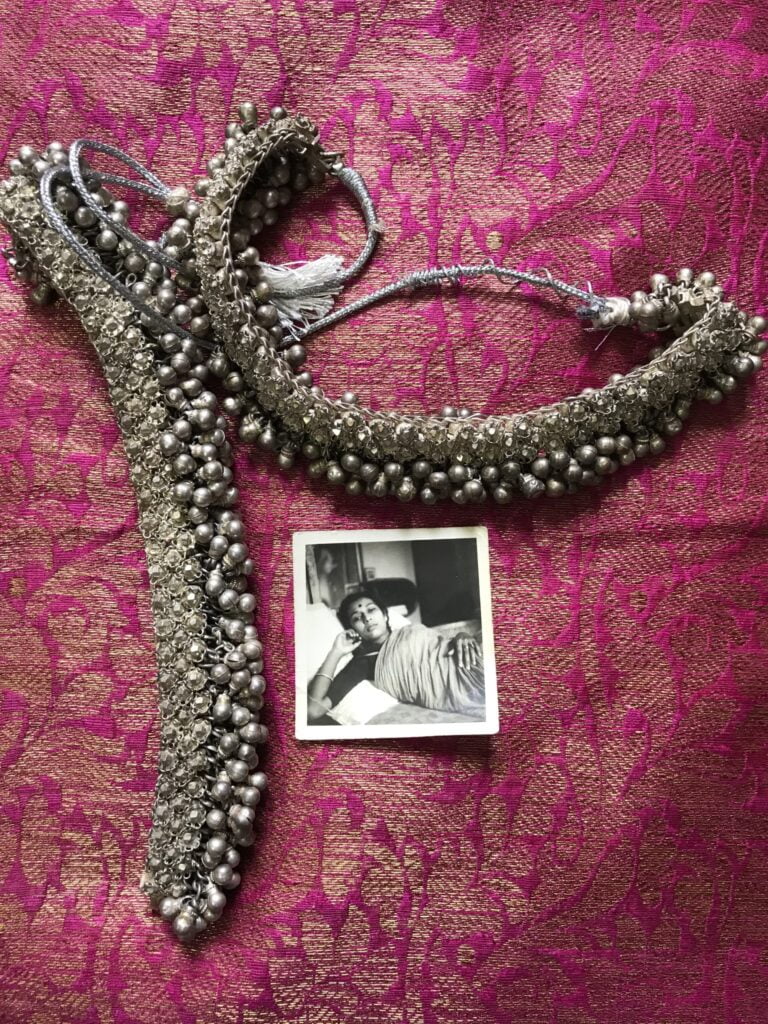
This led me to question why she so prudently caged this particular pair of silver paijeb. Nani shot a muddled look at me, as if the stunning cut of tiny silver flowers on the rim, dripping down to a dense bunch of anklet bells, were not reason enough for her to cherish it. Her beautiful gaze drew dewy as she narrated through her wedding day, just as if, it was yesterday. As the oldest of three sisters, Nani was given the heaviest and most exquisite paijeb out of the collection, on 8 March, 1969, her wedding day. The very next day, she tucked in her pure gold and silver zari-embroidered soft pink sari, and accessorised it with her elegant silver paijeb, setting her foot into a new phase of her life. Fashioned in a manner, very unlike the generic craftsmanship of local jewellers, this silver paijeb was closer to her heart than any other opulent object she owned.
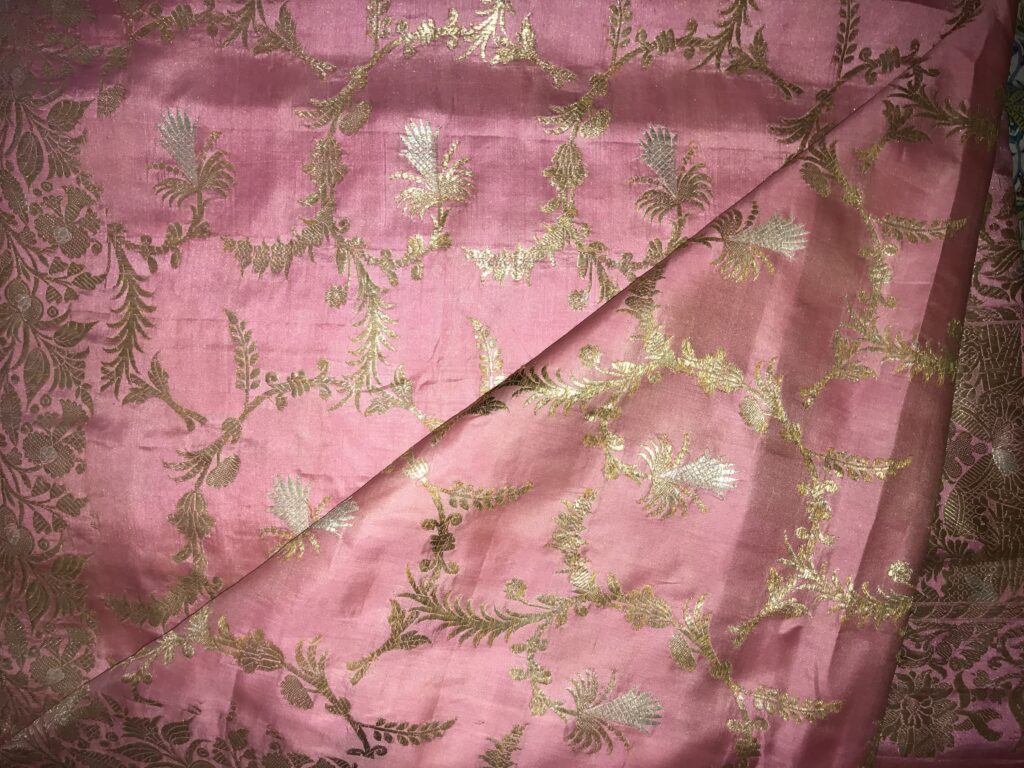
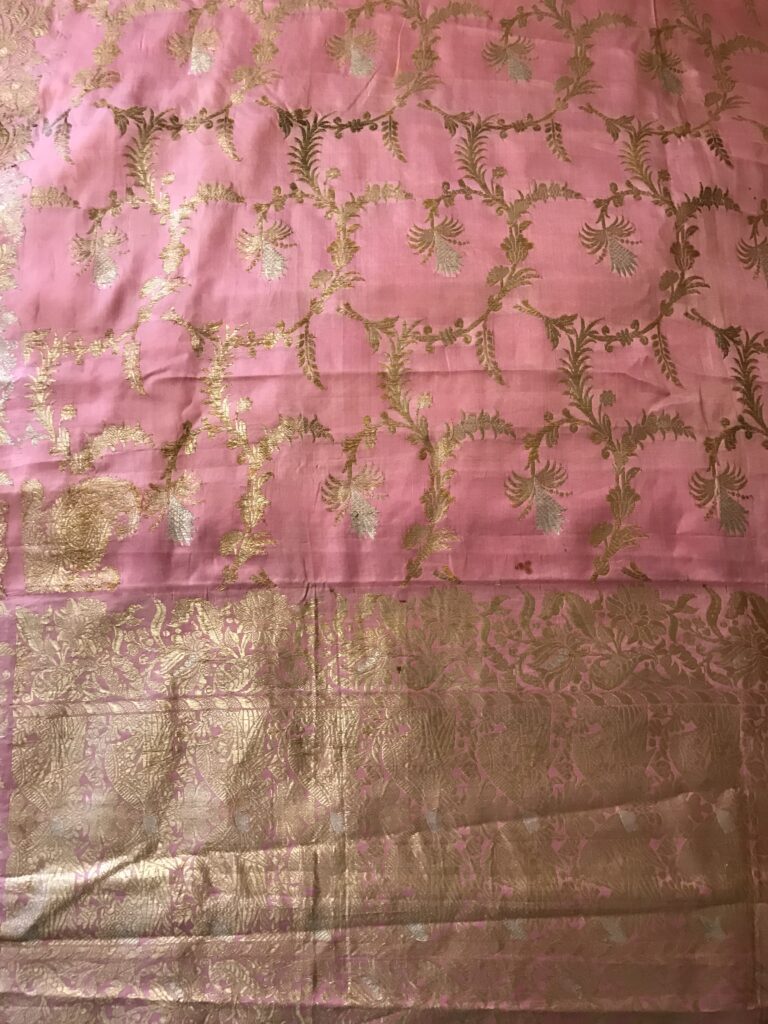
This pair of payal has been in my family for more than 160 years now. Nani’s Mai (mother) was given the paijeb by her mother. Beyond that nani has very little traceable idea of its emergence. It’s interesting to me how the chronological aspect of one’s mind often loses the definable trace of objects and events. Invariably, such heavy emotive realisation is deployed on the paijeb, that my question on its practical origination, was brushed off by her within seconds. When Nani readily dispensed a piece of her heart to my mother Nidhi Tiwary on her wedding day, 1 March 1993, she was reminded of how her mai paraded the paijeb proudly on her tender feet. The payal now looked more pristine than ever on my mother’s feet.
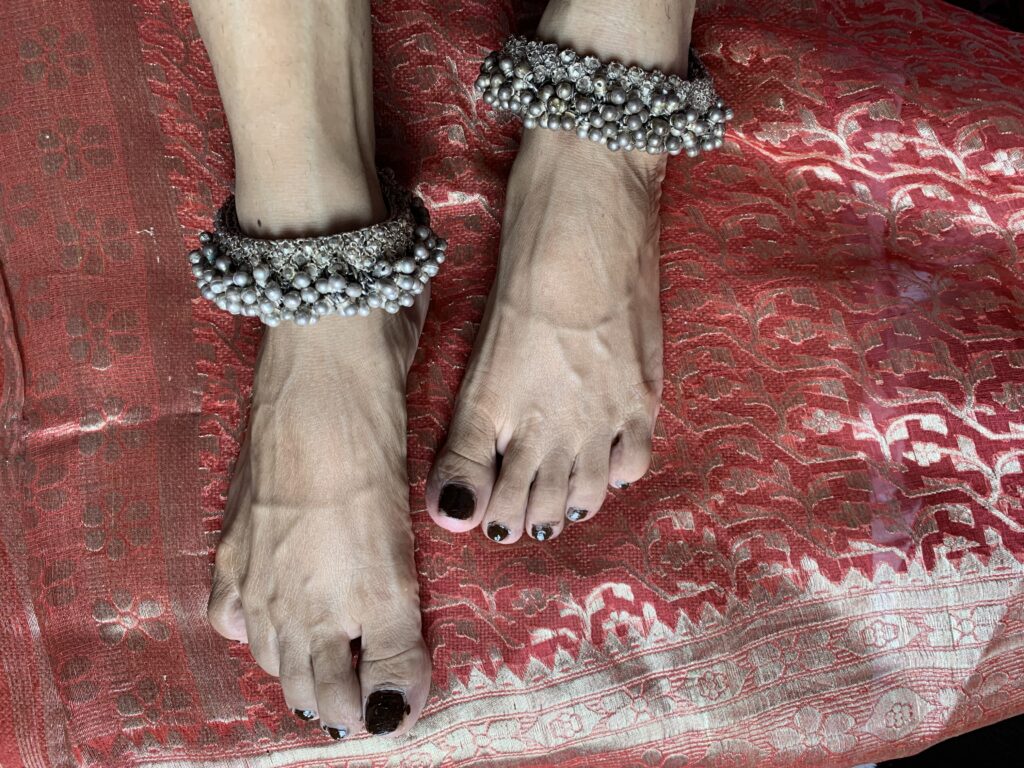
Shaped cleverly as a muscle in your body, the sequenced flowers on the piajeb glints of exquisitely simple yet intriguing stone work. The tiny payal balls sprouting out of the top curvy anklet smell exactly like my grandmother’s iron almirah back home. Even after all these years, the shine on the payal bounces around like a kaleidoscope of shimmering seashores. It has the easiest push-to- plug in silver lock system. My mother stores the payal set in a wooden jewellery box at our home in Delhi.
My grandfather Bishnu Kant Tiwary’s family also belonged to Pipra, near Janakpur, Nepal. Nana’s father, Dr. Rameshwar Tiwary was a very well-known doctor in the region. I am unable to trace the advent of their settlement and why both sides of the family were there but my mother tells me that a huge ‘basti’ of the Mishra clan resides in the region since times immemorial. My grandparents were introduced through a common friend who was a professor in Gaya College. Nana and nani tied the knot in between their studies. Immediately after marriage, nani completed her Bachelor of Arts in Psychology and my grandfather completed his engineering degree. They ended up moving to Ranchi once my grandfather joined Heavy Engineering Corporation Limited.
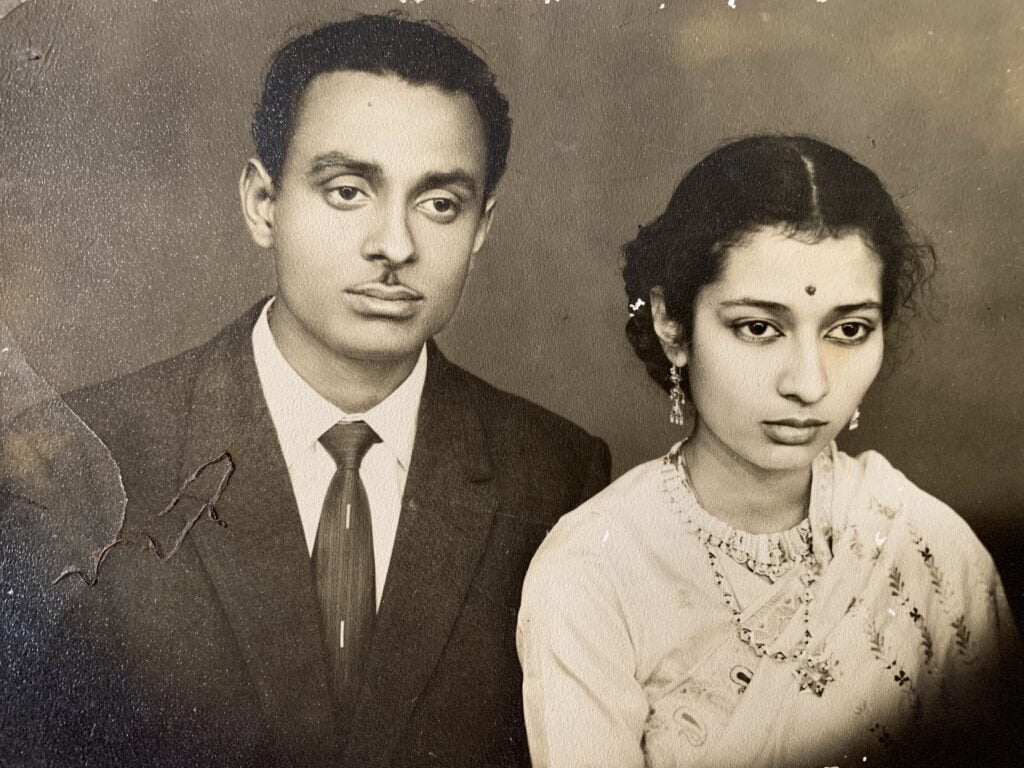
I have heard Nani talk about humungous silver ‘tamdaans‘, Paalkis with ferocious lion heads on their handles which were lifted by ‘kahars‘, paalki carriers – when asked about its purpose, she euphorically harks back to her wedding day, when nana arrived for the ceremonies in the same tamdaan. She explains how all the grooms were carried in these instead of cars, such as in today’s time. Later, she informs, these tamdaans were claimed on hire charge by the people in neighbouring villages for their weddings. She often sat on pure silver chairs with roaring tigers on their head because it’s never a bad idea to own one.
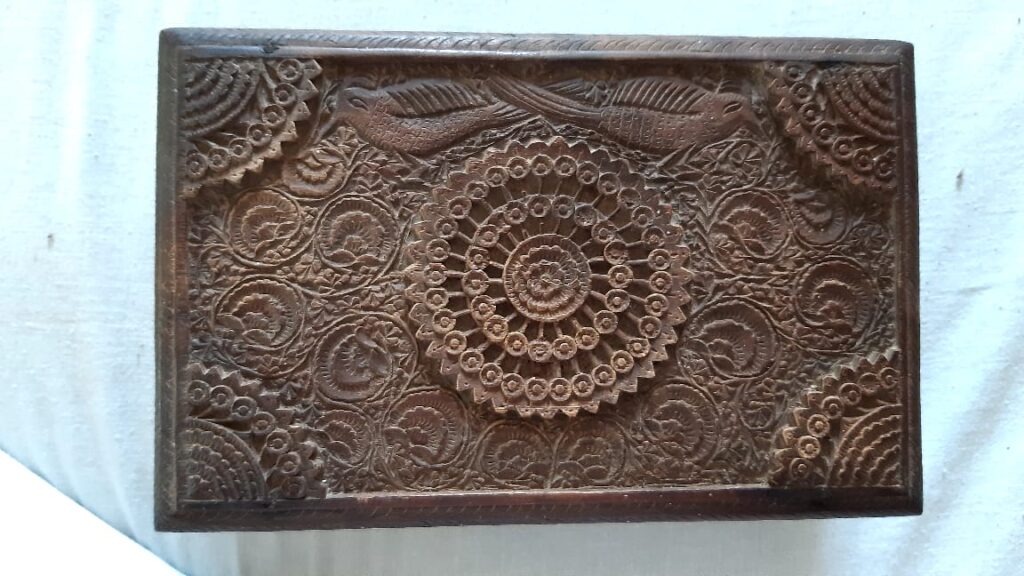
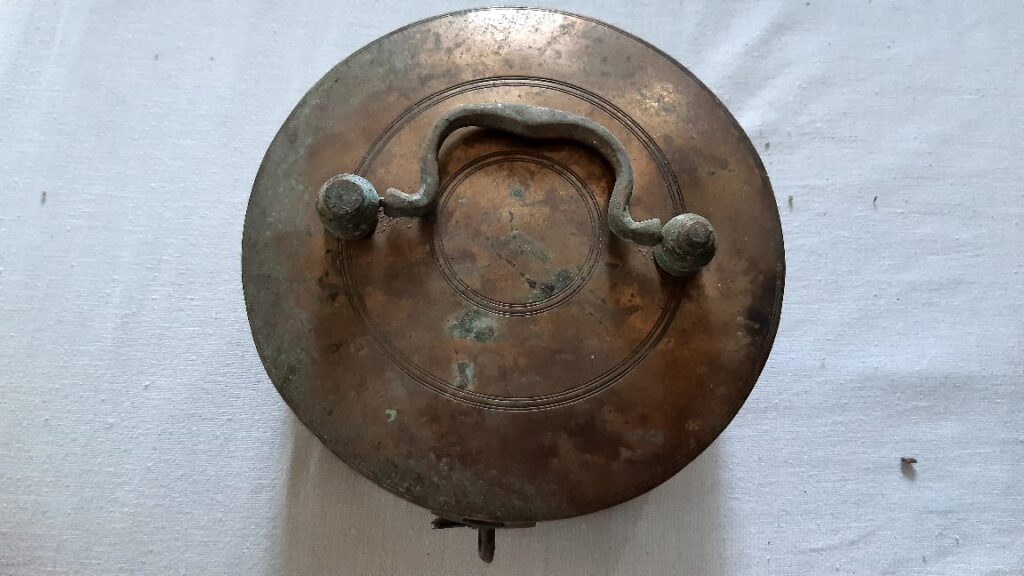
Nani’s life in Ranchi was slightly divergent from her father’s place. Her favourite comparison to draw is, “Ranchi had a wonderful club house where we watched movies every weekend.” Pipra was ironically simple and moneyed for her. The Zamindari system was abolished in India in 1951 and this impacted the family quite a bit. My mother remembers reading a letter her grandfather wrote to nani after she had moved to Ranchi, wherein he informed her about the abolition of Zamindari act and how he was worried about getting her sisters married.
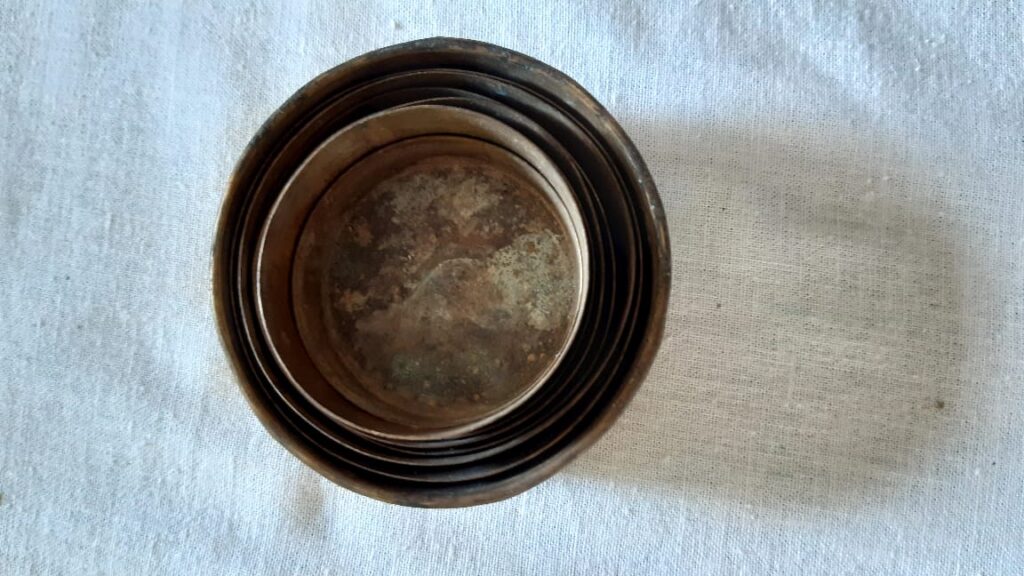
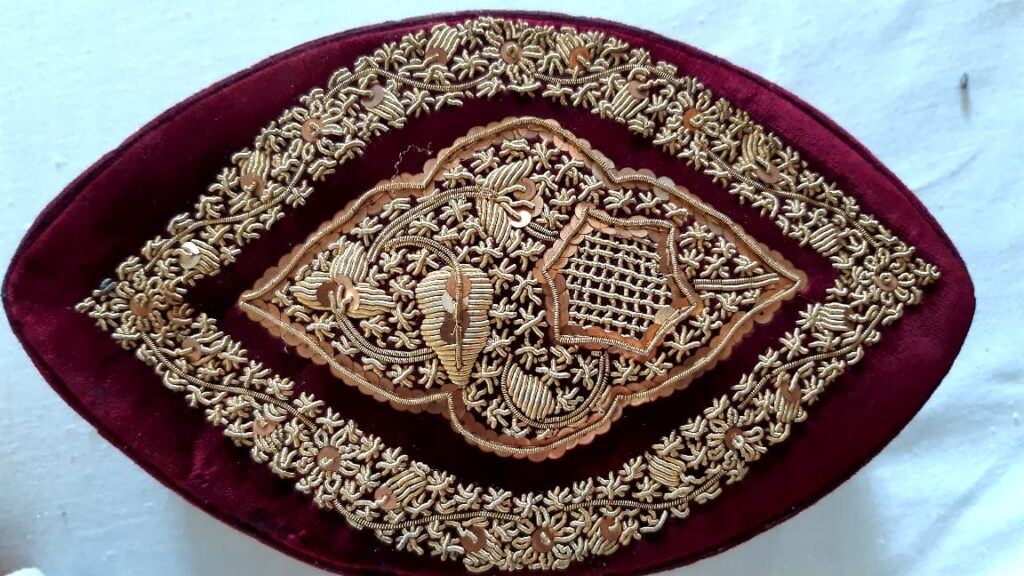
Nepal was hit by the abolishment act later in comparison to India. Nani recalls that it was only after 1964-65 that the Raja of Nepal visited her Baba’s chacha (father’s brother) to deliver the tragic news. She has a vague recollection of her baba sharing his worries around how post-abolishment the labourers would flout orders from the zamindaris. Given her father’s healthy investments, nani wasn’t too worried about the impact of this on her lifestyle.
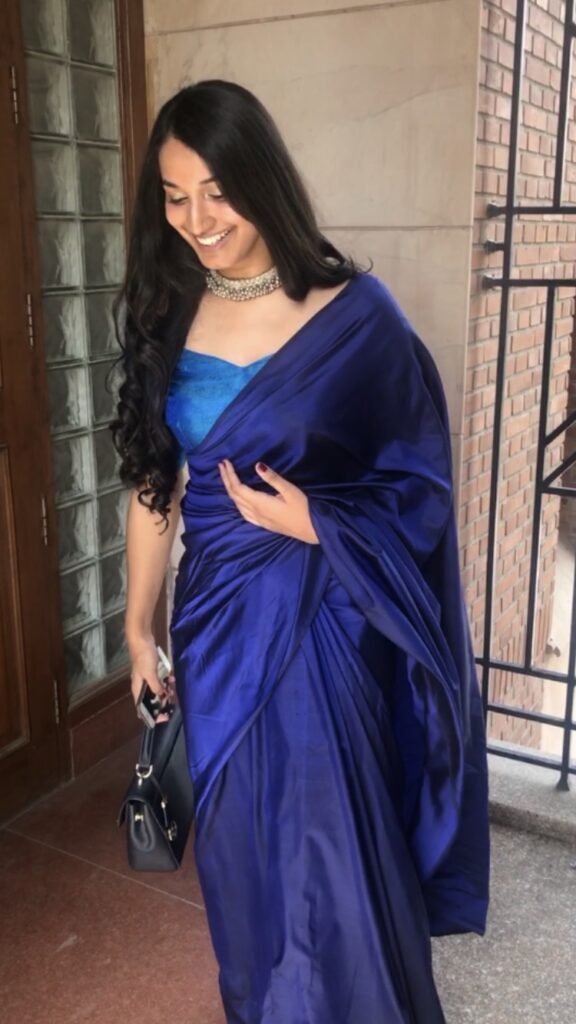
I listened to my nani narrate the story about her wedding with my whole body to only learn one of the purest things about love- there is nothing a person won’t give up to see the other person happy. My mother’s happiness on sharing the paijeb with me is also testimony to this. On the final day of my graduation, my mother dropped her long resistance and finally let me borrow my grandmother’s silver paijeb to wear as a necklace for the ceremony. I draped my nani’s glistening peacock blue silk saree and wore the paijeb around my neck as a shining armour as I stepped into a new phase of my life. To love something is to care for it, which lives on through the relic my Nani refers to as her “mai ke paijeb”.
Immersed in its time the payal may be loud today and languid tomorrow, but nani’s story is real, and it matters because that voice is hers. And each time she narrates it, she lives the soulful, sentimental, eerie trajectory, which is her life.

It is a good platform to regard our forefathers and to save our sanskriti.
This is such a beautiful article and a beautiful family!
This is a beautiful read, preserving traditional jewellery & memories for good. Kudos to you!